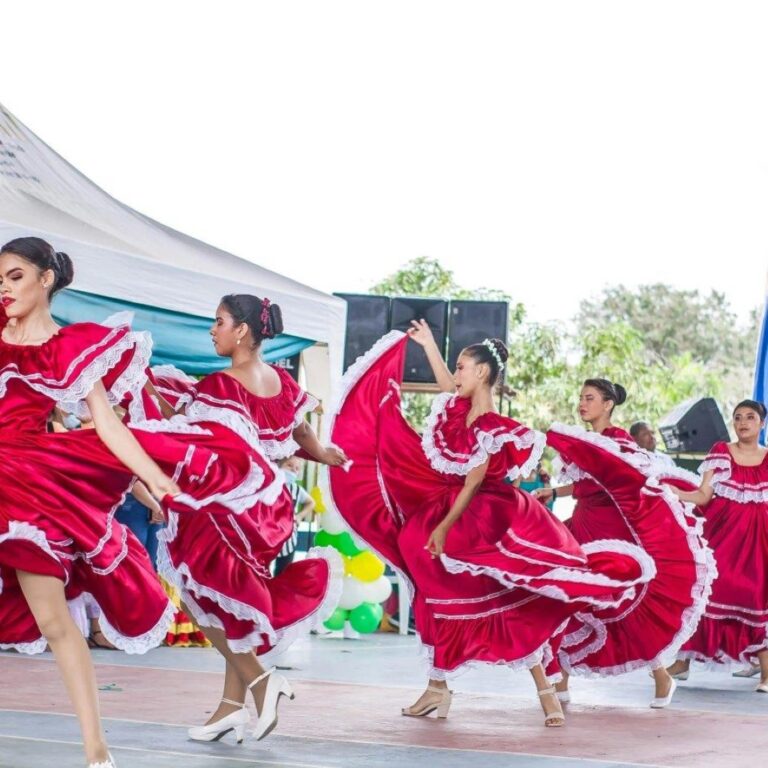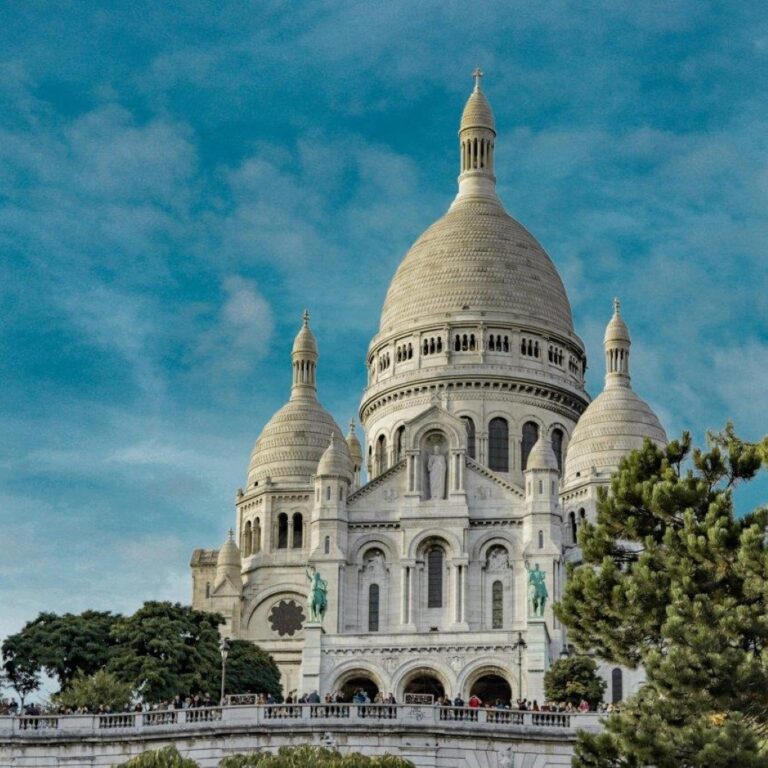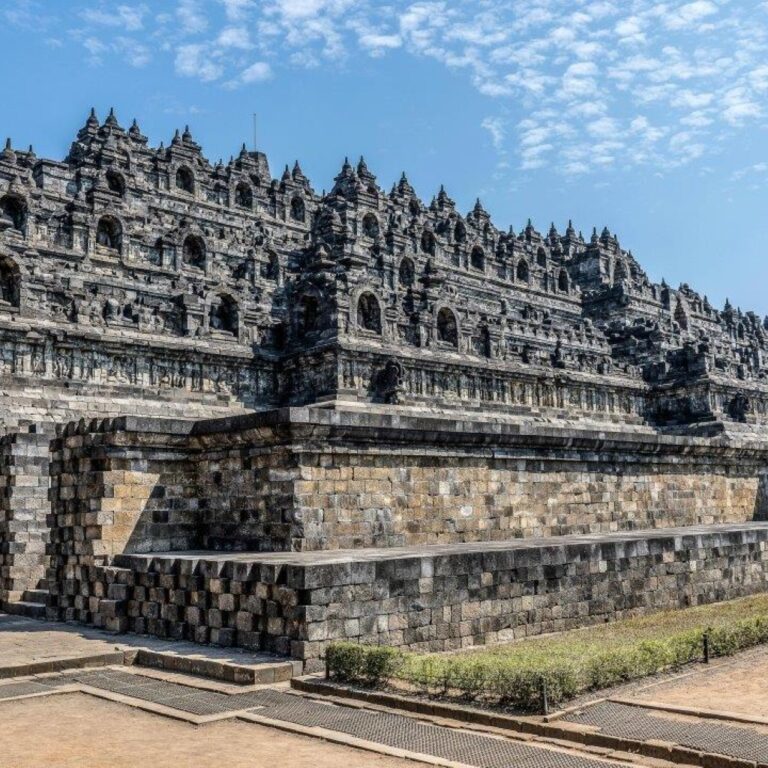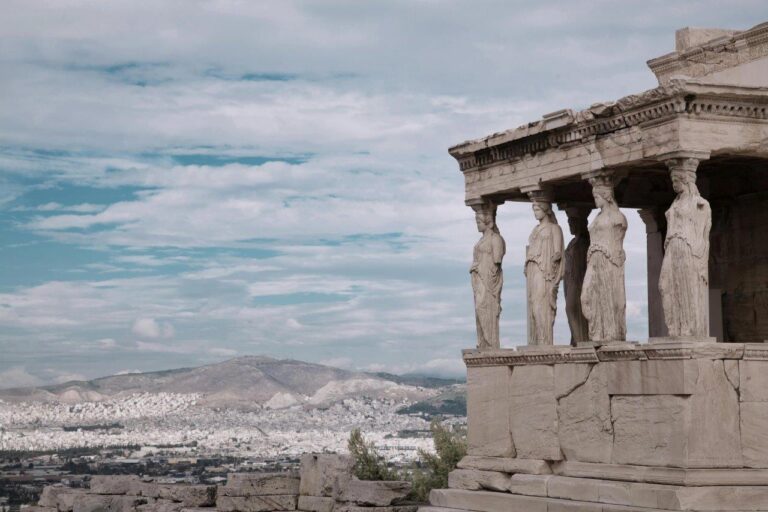1. Ecuador is one of only 17 megadiverse countries in the world, meaning it has an exceptionally high number of different species of plants, animals, and microorganisms.
2. The country is named after the equator, which runs through it, making Ecuador one of the few countries in the world with territories in both the Northern and Southern Hemispheres.
3. Ecuador is home to the Galápagos Islands, a UNESCO World Heritage Site famous for its unique wildlife and the studies of Charles Darwin that led to the theory of evolution.
4. The capital city, Quito, is the highest capital city in the world, located at an altitude of 2,850 meters (9,350 feet) above sea level.
5. Ecuador was the first country in the world to recognize the rights of nature in its constitution, granting ecosystems the legal right to exist and flourish.
6. The official currency of Ecuador is the US dollar, which was adopted in 2000 after the collapse of the Ecuadorian sucre.
7. Ecuador is known for its rich cultural diversity, with 14 recognized indigenous nationalities, each with its own language and traditions.
8. The Amazon rainforest covers a significant portion of Ecuador, and the country is home to many indigenous tribes who have lived in the region for thousands of years.
9. Cotopaxi, one of the world's highest active volcanoes, is located in Ecuador and is a popular destination for climbers and adventurers.
10. The country celebrates its independence from Spain on August 10th, known as Día del Primer Grito de Independencia de Quito.
11. Ecuador is one of the world's largest exporters of bananas, and the fruit is a staple in the Ecuadorian diet.
12. The equator line is marked by a monument called Mitad del Mundo, located just outside Quito, where visitors can stand with one foot in each hemisphere.
13. Ecuador is famous for its traditional markets, where you can find handmade crafts, textiles, and fresh produce, especially in the town of Otavalo.
14. The country has four distinct geographic regions: the Amazon (Oriente), the Highlands (Sierra), the Coast (Costa), and the Galápagos Islands.
15. Ecuador's biodiversity is also reflected in its cuisine, with regional dishes that include seafood from the coast, hearty stews from the highlands, and tropical fruits from the Amazon.
How useful was this post?
Click on a star to rate it!



